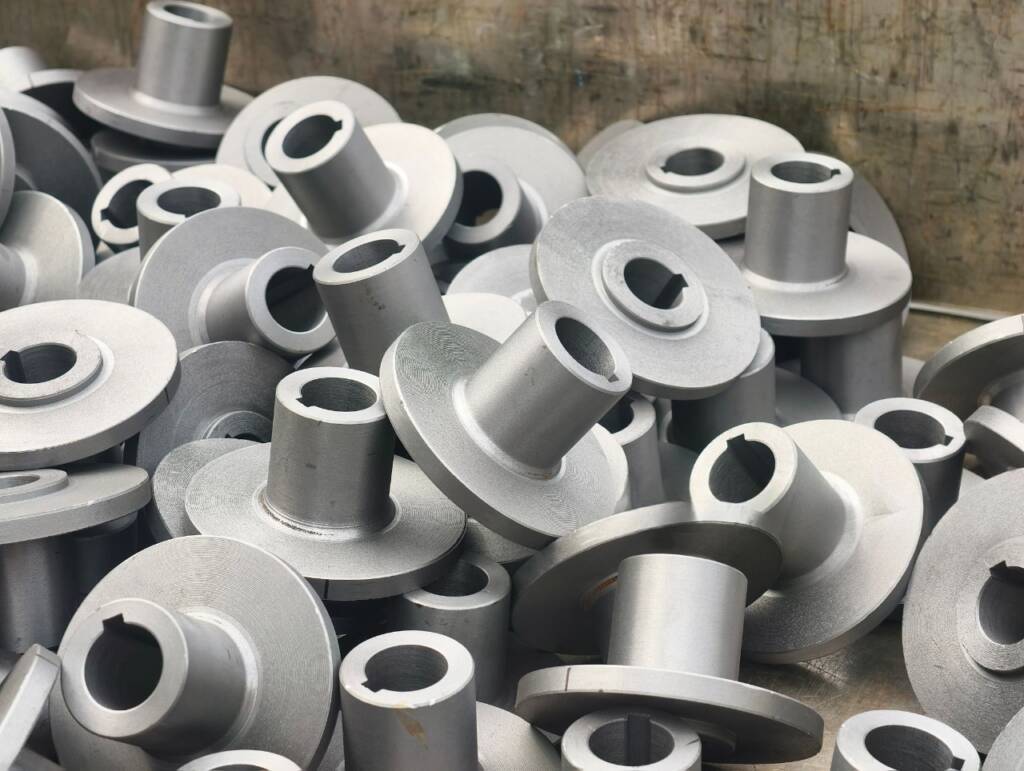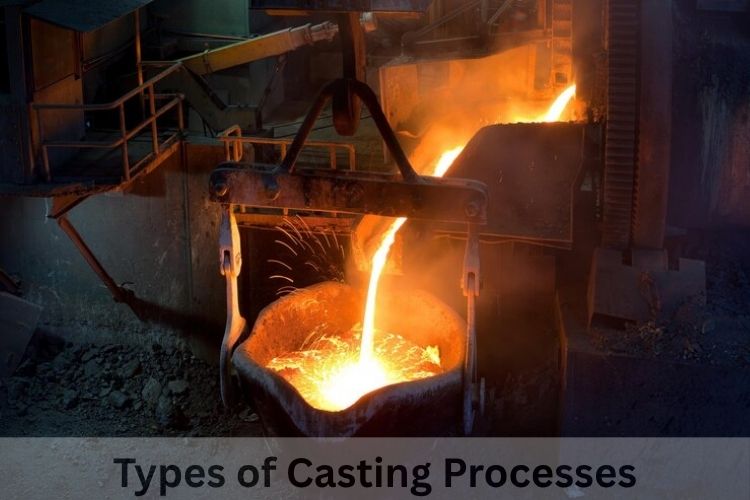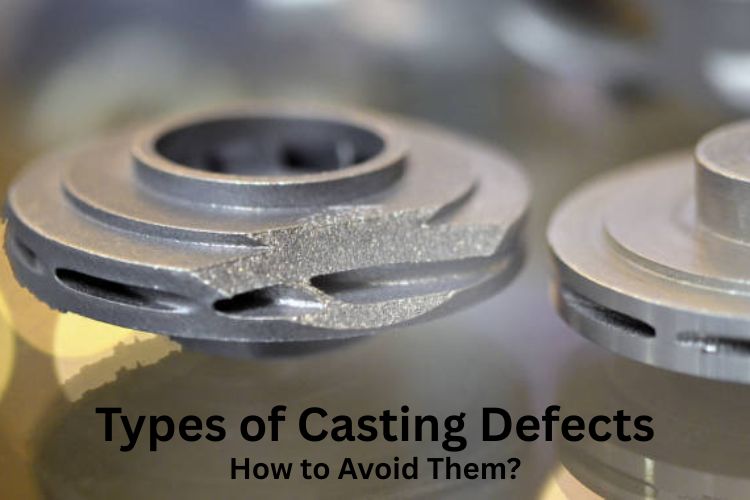When it comes to advanced manufacturing techniques, What is Investment Casting is a typical inquiry among professionals, engineers, and students across industries in India.
Often referred to as precision casting or lost-wax casting, this often-used process is a staple in many sectors and is one of the most effective processes for creating repeatable components with high accuracy, complex geometry, and a very smooth surface finish.
Investment casting has become a vital technology that contributes to innovative and efficient practices ranging from aerospace to automotive.
In this comprehensive guide, we will share the history, process, benefits, applications, and future trends of investment casting, and why this process is more relevant in India’s growing industrial landscape.
Introduction
In a fast growing industrial environment where accuracy and durability are without question, manufacturers are always searching for methods that have the best of both worlds in being cost-effective and quality-oriented. This is where investment casting works.
Utilizing wax patterns and ceramic molds, this method enables organizations to produce components that would be impossible—or prohibitively expensive—to make with more traditional processes.
To any professional who poses a question: What is Investment Casting? The brief response is: a very diverse procedure whereby the wax models are translated into sturdy, precise metal components. The more extensive response will imply a more profound exploration of the step-by-step approach and real-life examples.
History of Investment Casting
Investment casting is not so new. Investment casting can be traced back over 5,000 years, when ancient man made jewelry, art, and religious icons using the technology.
This was done by early craftsmen working with beeswax models, which were painted in clay, and the wax was melted, and the molten metal was poured into the mold to be used.
In the present day, industrial innovation has modernized this age-old process. Progress in the wax formulations, ceramic shell materials, and high-temperature alloys has established investment casting as a reliable manufacturing process.
The Step-by-Step Investment Casting Process
To have a better picture of investment casting, we will take a look at its steps sequentially:
| Step | Description |
| 1. Wax Pattern | Create wax replica of the component |
| 2. Wax Tree Assembly | Attach multiple patterns to a central runner |
| 3. Ceramic Shell | Dip in slurry and coat with sand for mold strength |
| 4. Wax Removal | Melt wax to leave hollow ceramic mold |
| 5. Metal Pouring | Pour molten metal into mold |
| 6. Shell Removal | Break ceramic mold after cooling |
| 7. Finishing | Cut, polish, and inspect final component |
1. Creating the Wax Pattern
The process begins with a wax pattern of your part. The wax pattern is produced by using an injection die in order to realize accuracy and repeatability.
2. Assembling the Wax Tree
Most wax patterns will be attached to a center wax runner to form a “tree.” This allows multiple parts to be cast in the same mold, which is more efficient.
3. Ceramic Shell Building
The wax tree is repeatedly dipped in a ceramic slurry and then coated with fine sand to form a rigid shell. The different layers dry, after which an additional layer is added. The product is a solid mold that supports molten metal.
4. Wax Removal
The tree with the ceramic cover is placed in the fire, and the wax melts and drips off the tree, resulting in a hollow ceramic shell.
5. Metal Pouring
The molten metal is introduced to the ceramic mold. Since the mold is a precise replica of the original wax pattern, the resultant part will be dimensionally accurate.
6. Shell Removal
The ceramic shell is cooled and cracked off, with the inside of the casting revealed.
7. Finishing and Inspection
The cast parts are sliced out of the tree, cleaned and machined, polished, or heat-treated according to the need. The castings are examined in order to ensure that every part is according to industry standards.

Advantages of Investment Casting
The investment casting is mostly preferred because of its benefits.
- Flexibility in Design: The complicated shapes and finely detailed objects are obtained without any secondary work.
- Material Versatility: A product that is compatible with a large range of metals, such as stainless steel, aluminum, titanium, and the superalloys.
- Excellent Surface Finish: This does not need much machining once assembled, and hence, time and cost savings.
- Dimensional Accuracy: Produces parts of high accuracy, which is frequently used in aerospace and defense industries.
- Less Scrap: Investment casting generates less scrap as compared to other casting processes and is less expensive.
Applications of Investment Casting in India
If you are interested in what is investment casting, you can check some of its applications in India:
- Automotive Industry: For turbocharger wheels, gearbox components, and engine parts that require a strength-to-weight ratio.
- Aerospace Industry: For turbine blades, aircraft engines, and high-precision structural parts.
- Defense Industry: Vehicles used in army, Naval parts, and weapon systems needed reliability and this is where investment casting works.
- Medical Industry: For instruments used in surgery, dental tools and orthopedic implants needed biocompatibility and fine details.
- Industrial & Agriculture Equipment: Durability and long service life is needed for valves, pumps and other heavy-duty equipment.
Investment Casting in the Indian Market
India has developed into a center for worldwide manufacturing because of its skilled labor, low costs, and growing infrastructure. India is a viable location for overseas sourcing and production for businesses who are seeking for investment casting.
A number of Indian companies market their own high-quality investment castings, which they sell to both domestic industries and international companies, both large and small.
The government’s endorsement of a “Make in India” is already a positive aspect of investment casting in advancing India’s position in the global supply chain, with investment casting more important than ever.
Investment Casting vs Other Casting Methods
| Feature | Investment Casting | Sand Casting | Die Casting |
| Surface Finish | Smooth & precise | Rough | Smooth |
| Dimensional Accuracy | High | Moderate | High |
| Complexity of Shapes | Very high | Limited | Moderate |
| Suitable Materials | Wide range | Metals/alloys | Mostly non-ferrous |
| Production Volume | Low–Medium | Low–High | High |
| Cost | Moderate–High | Low | High (setup) |
To thoroughly understand what is investment casting, it is useful to juxtapose it with various other processes:
- Sand Casting: Lower in accuracy and quality of surface, and cheaper.
- Die-Casting: Ideal when the production volume is high, and narrow in the variety of shapes and materials.
- Forging: Excellent mechanical characteristics and strength, however, with restrictions in the intricacy of form.
Investment casting is a compromise between flexibility, accuracy, and cost, and is ideal for medium to highly complex components.
Challenges in Investment Casting
Investment casting has advantages but also disadvantages:
- Higher Initial Cost: The tooling for wax patterns can be painfully expensive for low-volume production.
- Longer Lead Time: Multiple steps result in longer time frames than simpler casting options.
- Size Limitations: The process works best with small to medium parts.
Overall, the downsides of investment casting seem to be more like trifles, especially for industries that require tight tolerances.
The Future of Investment Casting in India
Investment casting will remain of significant value as demand for lightweight, durable, and exacting components increases. Automation of the process, the ability to 3D print wax patterns, and better ceramic materials for making molds will improve efficiencies and lower costs.
India’s opportunity is to broaden its global footprint by selling affordable but high-quality investment casting to global markets. As end markets like electric vehicles, renewable energy, and aerospace grow, the demand for investment casting will only grow.
Conclusion
So, what is investment casting? It is a manufacturing method that brings together centuries of experience with contemporary technological capability to manufacture dimensionally accurate, complex, and robust parts.
Investment casting is vital to India’s industrial growth, as it contributes to everything from automotive to aerospace, medical tools to defense products.
Providing the opportunity for near-net shape, design flexibility, a variety of materials, and production economics, investment casting is an undeniable manufacturing process for the modern world.
For the Indian industry, it is an opportunity and a competitive advantage in the international market.



